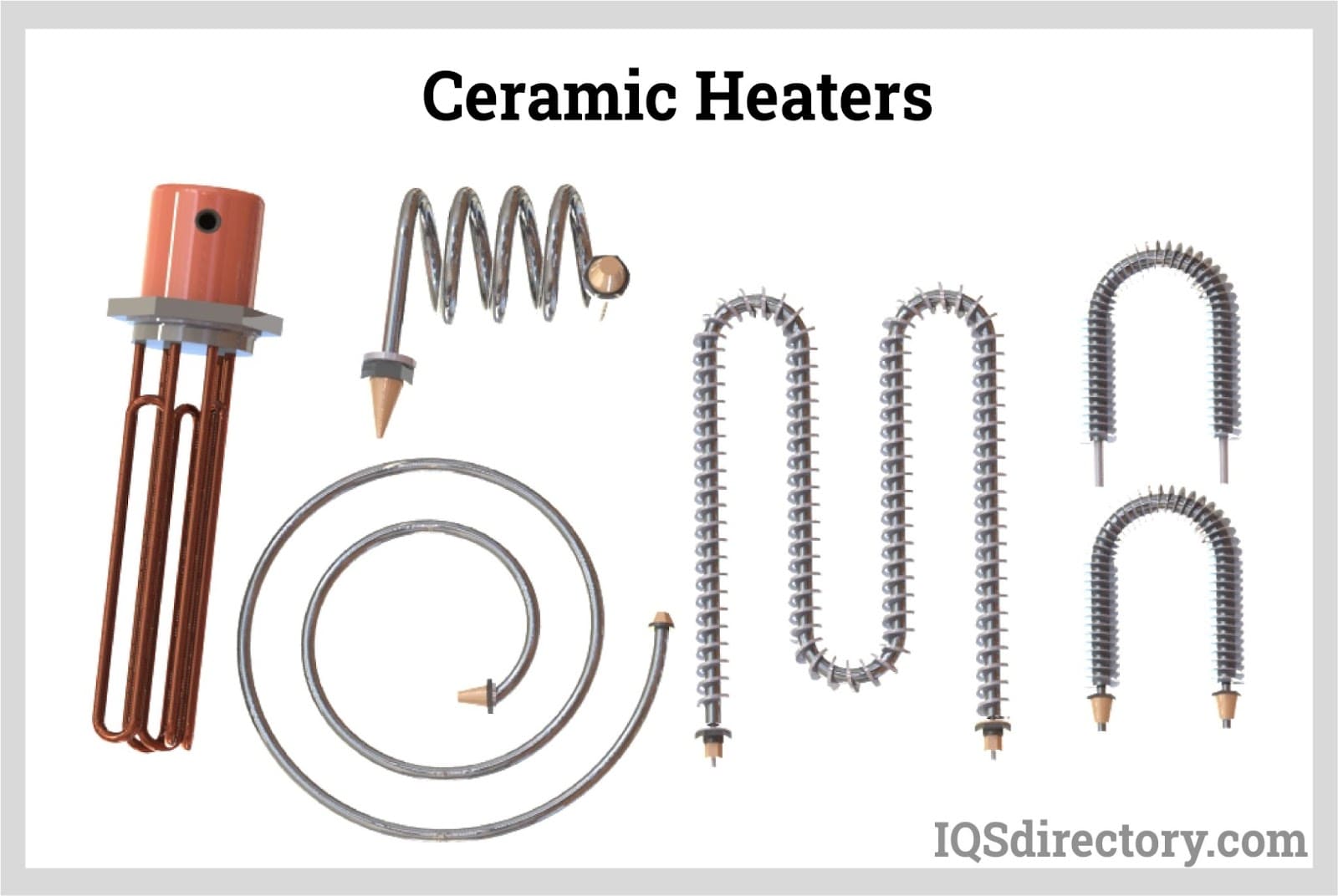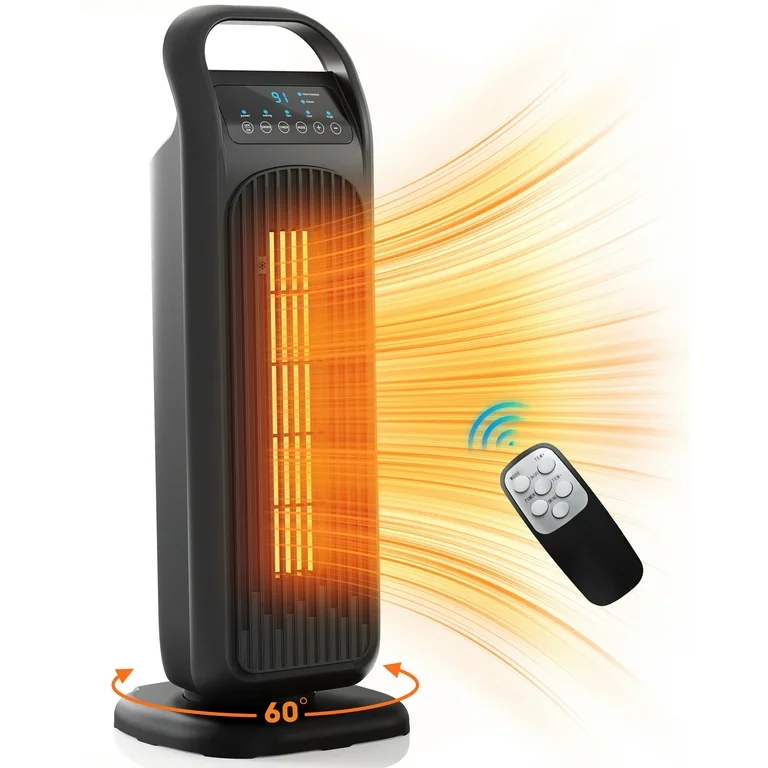The 1 Source Portable Air Ideas
The 1 Source Portable Air Ideas
Blog Article
A Biased View of 1 Source Portable Air
Table of ContentsThe 1 Source Portable Air PDFsHow 1 Source Portable Air can Save You Time, Stress, and Money.1 Source Portable Air - The FactsFascination About 1 Source Portable AirThe Definitive Guide for 1 Source Portable Air
Running prices are based upon an electrical energy rate of 40c/kWh. The costs for 3 months' use in winter are based on 500 hours use, or roughly 6 hours daily for 3 months. Maximum heat output is based on the maximum wattage of the versions we have actually tested (we focus on higher wattage heating units).
This depends on what expense you're considering upfront purchase, or running cost? Customarily, there are trade-offs with either choice. Generally, tiny follower heaters are less costly to acquire, however can have greater running costs. Oil column heaters will certainly be the most affordable on the marketplace to run (on average) but only by a slim margin in advance of convection heating systems (like panel and micathermic panels).
Not known Details About 1 Source Portable Air
If you have a reversible ceiling follower, it'll help distribute the warmth around the space extra evenly. A number of expensive heating systems have stopped working to excite our testers, while some more affordable models make for surprisingly great buys.
As the name recommends, they emit heat from a heated burner (so the household will need to take turns being in front of it). There are floor and wall-mounted models readily available. Radiant heaters are fairly affordable. They have a cosy radiance and individual warming impact, like resting in front of a fire.
Radiant heating units normally cost between $20 and $200. Oil-filled column heating systems do not in fact shed oil they use electrical power to heat the oil that's secured inside their columns or 'fins'.
The Buzz on 1 Source Portable Air
Some column heaters aren't even oil-filled but rather use various other material or home heating innovation to function similarly - 1 Source Portable Air. The danger of fire with an oil column heating system is reduced compared to various link other heater kinds, but never ever zero. Oil heating systems don't have actually exposed aspects like glowing heaters do, and their surface area temperature is less than many various other heating system types (their big area offsets it)
Oil column heaters won't take off, and while they do not burn their oil to produce heat, it's still combustible, so there is a fire threat if the oil leaks, if the heating unit topple and leaks, or if combustible items or textile enter contact or drop on the heating system. You should exercise the very same level of care with oil heaters as for other heater kinds, and never ever hang towels or garments over one to dry them use a drying shelf instead, a minimum of one metre away.
Column heating systems are especially beneficial in areas where they'll be turned on for long durations of time or where they'll run neglected, such as over night in a bedroom. The surfaces you're likely to touch on a column heater do not obtain as warm as other types of electrical heating systems. You can utilize a ceiling fan on extremely low rate to assist the column heating unit to distribute the warm quicker and a lot more equally.
Oil-filled column heating units typically cost in between $50 and $450. Convection and panel heating units attract chilly air over about his an electric heating component.
An Unbiased View of 1 Source Portable Air

Convection and panel heaters are a lot more portable than their oil-filled column heating system counterparts since they're significantly lighter. They'll heat up the air in an area evenly and promptly. Like a column heater, you can make use of a ceiling fan on really low speed to disperse the warmth quicker and much more uniformly. Some models, particularly panel heating systems, are somewhat expensive to get.

More About 1 Source Portable Air
Fan heating units are often smaller and a lot more mobile than various other electrical heaters. They additionally come in the kind of tower follower heating systems, which can be much better for dispersing warm around larger spaces due to their taller profile. They can warm the air in an area a lot more rapidly, uniformly and rapidly than some various other heating unit types.
Fan heating systems (ceramic or otherwise) normally cost in between $60 and $900. Ceramic fan heaters aren't always any different in rate to non-ceramic designs.
Report this page